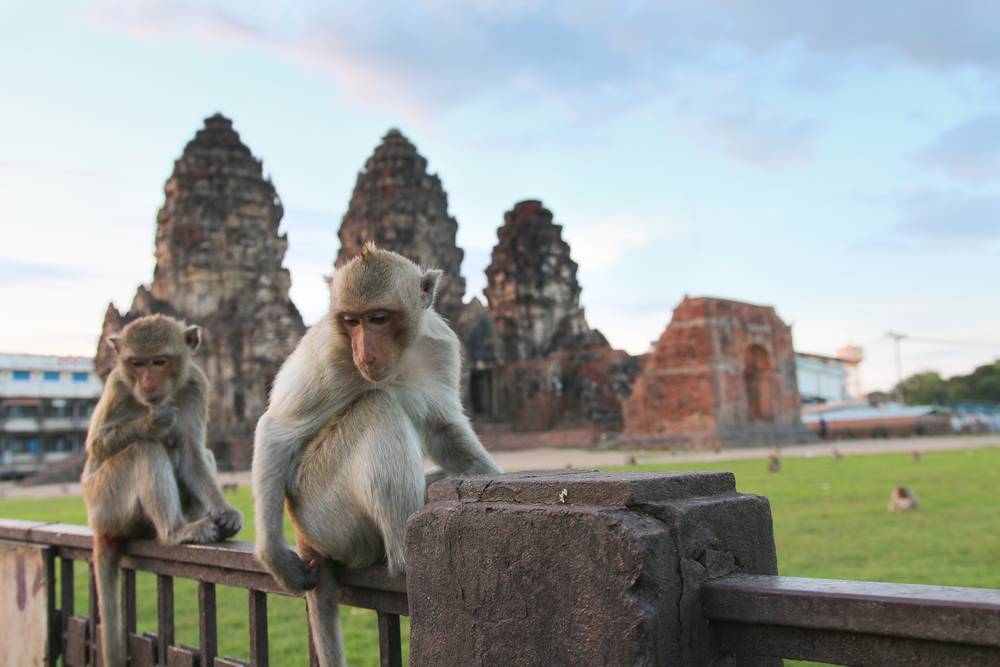Kyasanur Forest Disease (KFD), commonly known as monkey fever, is a tick-borne viral disease primarily found in South Asia, particularly in parts of India.
With a case fatality rate of up to 10% and a significant impact on human and animal health, monkey fever poses a critical challenge to the affected regions. This article will delve into the transmission, symptoms, diagnosis, treatment, and prevention of KFD, offering valuable insights into this deadly disease.
Transmission: Ticks, Monkeys, and Humans
The Kyasanur Forest Disease virus (KFDV) causes KFD by transmitting to humans through the bite of infected ticks, primarily of the Haemaphysalis genus. The virus utilizes monkeys and small mammals as hosts, and affected areas often witness the discovery of dead infected monkeys, earning the nickname “monkey fever.” Humans can also contract the virus through direct contact with infected animals or their tissues. KFD outbreaks typically occur during the dry season, from November to June, when tick populations are at their peak.
Symptoms: The Onset of Monkey Fever
The symptoms of KFD generally appear 3 to 8 days after a tick bite and progress through two phases. In the initial phase, patients experience a sudden onset of high fever, chills, headache, muscle pain, and vomiting. Some may also develop skin rashes, gastrointestinal symptoms, and swollen lymph nodes. This phase typically lasts for one to two weeks.
The second phase, known as the hemorrhagic phase, occurs in approximately 10-20% of patients and is characterized by the reappearance of fever, accompanied by symptoms such as bleeding from the nose, gums, or skin, low blood pressure, and liver dysfunction. The hemorrhagic phase poses a higher risk of death.
Diagnosis and Treatment: Confronting Monkey Fever
Diagnosing KFD can be challenging due to its non-specific symptoms and resemblance to other diseases, such as dengue or typhoid fever. However, laboratory tests such as enzyme-linked immunosorbent assays (ELISA) and polymerase chain reaction (PCR) can help confirm the diagnosis.
There is no specific antiviral treatment for KFD; the management of the disease primarily involves supportive care, including pain relief, hydration, and treatment of secondary infections. Patients with severe symptoms may require hospitalization and intensive care.
Prevention: Battling the Spread of KFD
Prevention efforts for KFD focus on reducing the risk of tick bites and limiting contact with potentially infected animals. Strategies include:
- Wearing protective clothing, such as long sleeves, pants, and boots, to minimize skin exposure to ticks.
- Applying insect repellents containing DEET or picaridin to exposed skin and clothing.
- Regularly check for ticks and promptly remove them if found.
- Avoiding contact with dead animals, especially monkeys, in affected regions.
Vaccination is another essential preventive measure. A formalin-inactivated KFD vaccine is available and has been used in vaccination campaigns in high-risk areas. However, the vaccine requires multiple doses and annual boosters for continued protection, presenting challenges in maintaining adequate coverage.
Conclusion: Unmasking the Threat of Monkey Fever
Kyasanur Forest Disease, or monkey fever, is a deadly tick-borne viral disease that poses a significant threat to human and animal health in parts of South Asia. Increased awareness of the disease, its transmission, symptoms, and prevention measures is crucial for reducing its impact on affected populations. By understanding the risks and adopting appropriate prevention strategies, communities can protect themselves against the deadly grip of monkey fever.

